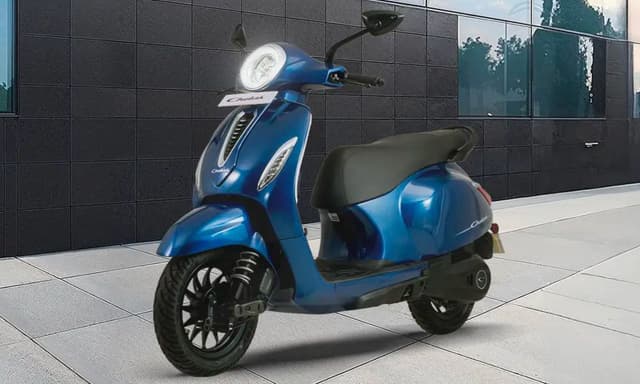Different Types of Brake Fluids: All You Need To Know

Highlights
- There are various types of brake fluids available in the market
- Each type has a different composition
- Each type is differently priced as well
So, there's something that you need to learn about brake fluids. That being stated, they come in different types. And if you wish to learn them one by one, here's presenting you this post. In this post, let's learn about the four major types of brake oils – DOT3, DOT5, DOT5.1, and DOT4! So, without much ado, let's keep reading on.

Types of Brake Fluids Offered
DOT 3
Glycol-based DOT3 oil happens to be the most widely used on the current market. This fluid is there on the market for quite a long time now. And in spite of the age, it still gets widely utilized due to the low cost-to-performance ratio. In that regard, the boiling point of fresh new DOT3 brake oil is not more than 205 degrees Celsius. However, when it gets damaged, it may resist temperatures as low as 140 degrees Celsius. Failure to change the brake oil might cause the fluid to overheat. This will reduce the vehicle's brake bite.
DOT 4
The DOT4 is a little more costly option. That, too, is the glycol-based brake oil. However, the composition seems to be different. Because of its unique composition, the DOT4 brake oil may resist temperatures as high as 230 degrees Celsius. Furthermore, by adding certain chemicals, the moisture buildup inside the system can get prevented. Furthermore, these are ideally suited for vehicles equipped with TC and ABS.

DOT 5
This particular brake fluid has become one of the most expensive braking fluids. The fact that it's silicone-based is the finest feature of this brake oil. Due to the chemical makeup, the brake fluid may withstand temperatures as high as 260 degrees Celsius. One more advantage of this particular brake fluid is that it does not contain moisture, such as glycol-based brake fluids. However, DOT5 oil has a number of drawbacks. Furthermore, foam (lather) generation is easier with brake oil. And the foam bubbles are far more difficult to bleed than the air.
DOT 5.1
The DOT 5.1 brake fluid is on the list that may withstand the greatest temperatures. On the other hand, this brake fluid is a combination of borate ester and glycol ether. As a matter of fact, it can endure temperatures as high as 260 degrees Celsius due to its complicated makeup. Furthermore, the brake oil has certain qualities with DOT 4 and DOT 3. And the most notable feature is that it is hygroscopic. So, that means it can absorb the moisture pretty well.
While deciding the type of brake fluid to buy, the most rewarding advice is to stick to what is in the system. Only because the fluid falls within some classifications does not mean that it would not offer better or equal performance than the fluid having higher classifications. The DOT 3 fluid might have a superior boiling point than the DOT 4 fluid based on its composition. But it all depends on your requirements. So, you must ensure that you opt for the right type of brake fluid that suits your car requirements.

Until you are a competent race car driver, changing the brake fluid may apparently be unnoticeable. While replacing the fluid, make sure to bleed the system properly and then seal everything. In addition to this, you must not use the brake fluid that sits around for a long time. And there's no denying the fact that the brake fluids happen to be hygroscopic. Thus, humidity ends up inside that bottle. So, it's a better decision to change the brake fluid every one or two years. That way, you may enjoy years of great braking.
Last Updated on September 6, 2022














